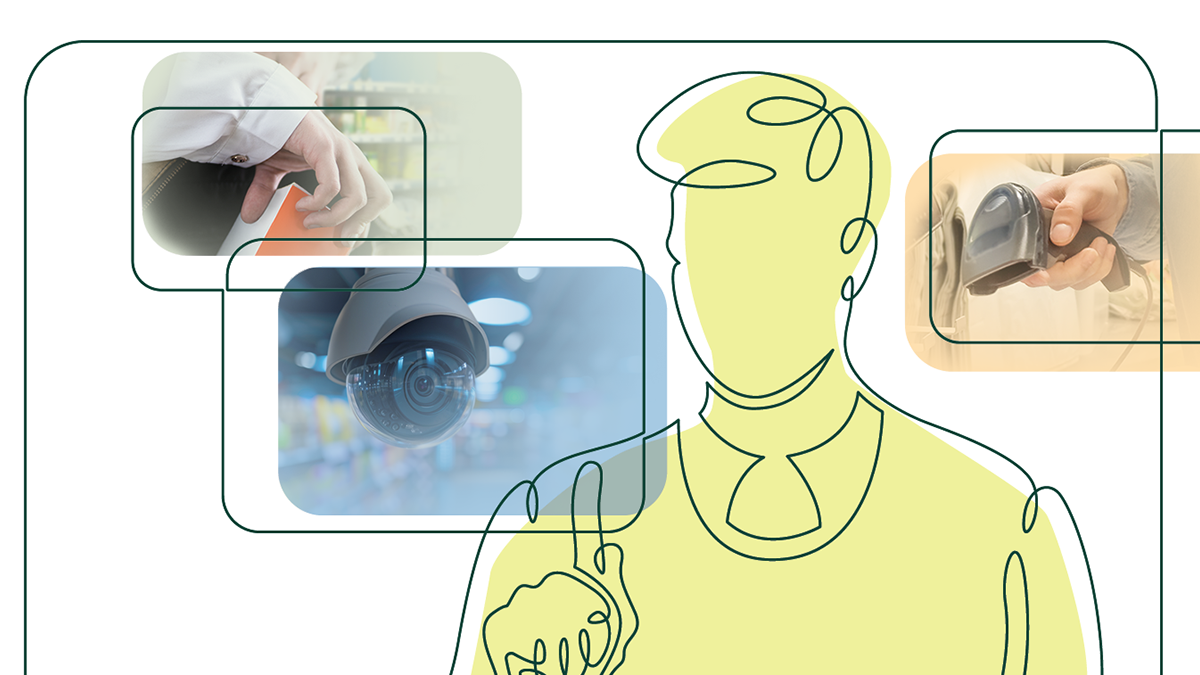By: Mark Baum, Chief Collaboration Officer, Senior Vice President, Food Marketing Institute
Retailers and manufacturers are well aware of the ongoing transformation in consumer behavior at retail, and how digital engagement and disruption is playing a bigger role.
Their question now is, ‘how do you retool business strategies and product portfolios to meet these challenges in real time?’
Companies are taking directions that include:
- Viewing the big picture of how consumers are changing, rather than getting sidetracked with smaller pieces of the puzzle.
- Leveraging data, insights and technologies only recently available.
- Collaborating with trading partners to boost chances of success.
Tracking Customer Journeys: “Think about the entire customer journey, not just a category,” said Narayan Iyengar, SVP, Digital and ecommerce, Albertsons Companies, in a presentation at Grocerytalk.
“The goal should be to think of digital transformation holistically. How are people thinking about food, using it, discovering it? Think of the whole ecosystem from startups to CPGs, to delivery and cooking. A lot of things are moving to digital.”
These points are just as relevant to CPG companies as retailers. CPGs are retooling products and experiences to tie into new consumer directions.
Retooling Product Portfolios: “We are quite busy future-proofing our portfolio to make sure the brands are truly relevant to consumers,” said Gina Boswell, president, Customer Development, Unilever.
Boswell cited three areas of focus in particular across the company’s expansive brand portfolio. These are:
- Convenience, including catering to time-starved consumers.
- Personalization, including with contextually relevant messages for customers.
- Goodness -- “for you, me and the planet.”
The new directions are finding their way into both century-old and new brands.
The company is pursuing these trends both through organic development and acquisitions.
Collaborating For Success: Trading partners are working together to improve their chances of success with changing consumers. A case in point is the Albertsons Performance Media program launched in January. Powered by Quotient, this program provides brands the opportunity to use proprietary shopper data to drive sales across Albertsons’ network of more than 2,300 stores in 35 states. The elements include shopper audience targeting using purchasing data; creative ad units for mobile, social and web; and media measurement with advanced analytics.
The Albertsons program has deepened the retailer-brand relationship in the digital grocery ecosystem.
“We’ve had a great response from CPG partners,” Iyengar said. “Vendor partners see it as a journey. This is a new, nontraditional way to work with a grocer. We can target our customers wherever they are.”
Testing In-Store: Another recent example of data collaboration was Unilever’s partnership with a major retailer for an in-store measurement program. The larger context of this program was the challenge of obtaining robust in-store data.
“Online retailers are in the advantage with their clickstream data,” Boswell said. “That’s the holy grail. So how could we replicate that rich data for offline?”
The in-store program included the placement of 3D sensors to track how consumers interacted with shelves. A three-week test produced heat maps that showed engagement levels of customers in the men’s deodorant and body wash sections. The data revealed that shoppers of deodorant were highly engaged, while shoppers of body wash showed much lower engagement. The data was combined with additional insights to develop a new in-store location plan to improve results.
This strategy was tested and led to considerable success.
Connecting with new consumers isn’t just about understanding their needs. It’s also about figuring out how each company can best deliver on those needs. That’s the more challenging part of the calculation, but it’s highly important to get this right.
“We need to know our core strengths and where we have the right to win,” Iyengar said. “We have deep connections with local communities across our banners. We know food. So to truly win we need to amplify our inherent strengths.”
Data will play an increasingly important role in helping companies identify and execute the most effective consumer strategies. From Albertsons’ shopper data to Unilever’s in-store measurement data, trading partners are already starting to travel down a road that will help accelerate their businesses.

 Industry Topics address your specific area of expertise with resources, reports, events and more.
Industry Topics address your specific area of expertise with resources, reports, events and more.
 Our Research covers consumer behavior and retail operation benchmarks so you can make informed business decisions.
Our Research covers consumer behavior and retail operation benchmarks so you can make informed business decisions.
 Events and Education including online and in-person help you advance your food retail career.
Events and Education including online and in-person help you advance your food retail career.
 Food Safety training, resources and guidance that help you create a company food safety culture.
Food Safety training, resources and guidance that help you create a company food safety culture.
 Government Affairs work — federal and state — on the latest food industry policy, regulatory and legislative issues.
Government Affairs work — federal and state — on the latest food industry policy, regulatory and legislative issues.
 Get Involved. From industry awards to newsletters and committees, these resources help you take advantage of your membership.
Get Involved. From industry awards to newsletters and committees, these resources help you take advantage of your membership.
 Best practices, guidance documents, infographics, signage and more for the food industry on the COVID-19 pandemic.
Best practices, guidance documents, infographics, signage and more for the food industry on the COVID-19 pandemic.
